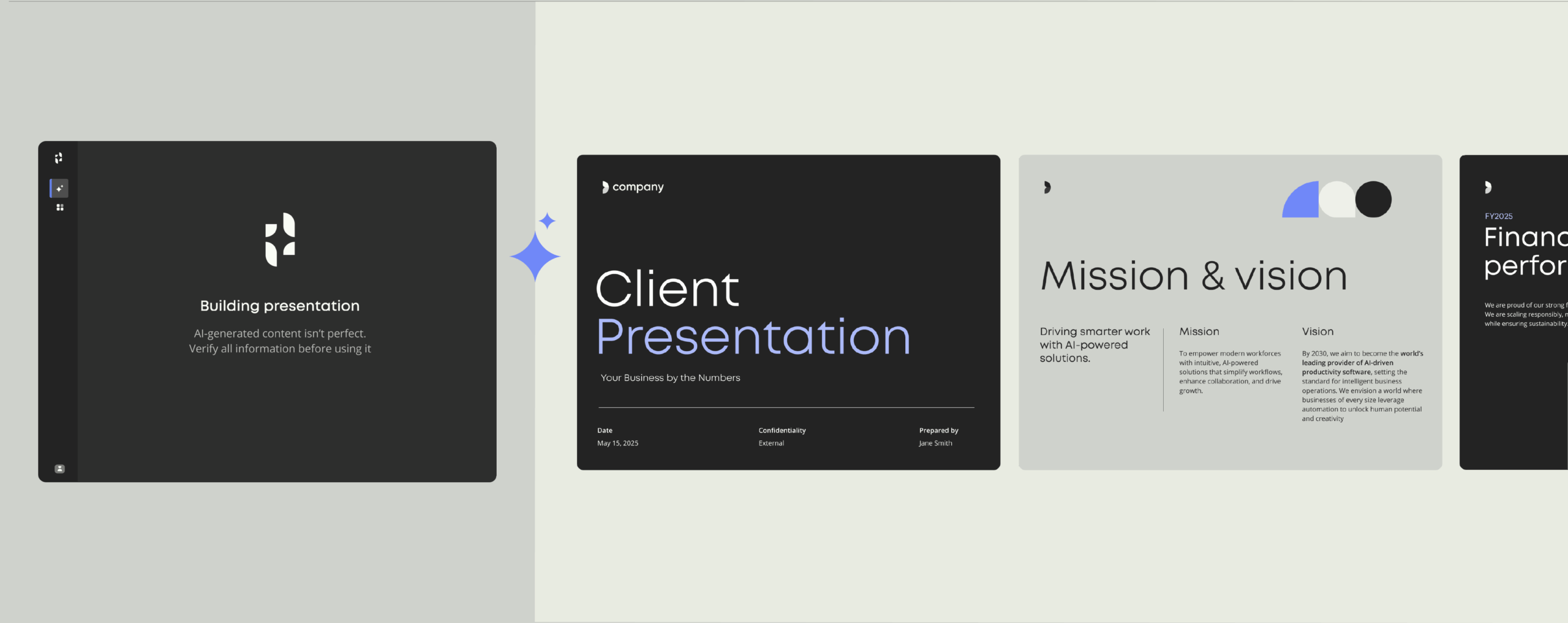Optimize employee productivity in management consultancy

In 2019, the global consulting market stands as one of the largest and most developed markets in the trillion dollar professional services industry.
Valued at around $200 billion – and set to grow by a further $5860 million by 2022, the consultancy sector has boomed off the back of rapidly evolving business landscapes; enjoying unwavering year on year value growth and industry headlines such as the Big Four’s combined annual revenue of a staggering $146.84 billion.
Despite the industry’s wins and projected value amount, the consulting sector has also experienced a steady decline in revenue growth since 2015. The industry is now being shaken up due to increased competition, forcing it to analyze its own employee productivity and operational efficiency.
In today’s market, consultants are battling with massive disruption from a combination of low-cost competition (in the form of boutique firms and freelancers), the growth of in-house consulting teams and huge digital mergers and acquisition by big players in the market. For instance, Capgemini merged its consulting, digital and creative units to form Capgemini Invent – a 6,000 person supergroup of advisors and digital creatives, Accenture sought to create the world’s ‘largest digital agency’ with its undisclosed but likely astronomically costly purchase of Karmarama and powerhouses such as PricewaterhouseCoopers, IBM, Deloitte, and BCG all saw recent M&A action in the digital sector.
In this highly competitive scene, new findings from a report conducted by Deltek on consulting firm trends (2019), make for daunting news for those in the industry. The study, surveying 700 senior decision-makers from more than a dozen countries, found a collective and pervasive concern among c-suite and business leaders about the future. Only 19% expected their firm to be digitally “advanced” within five years and many deemed their company ill-equipped to tackle future challenges. A strong desire to improve internal systems and operational efficiency is apparent.
View the infographic: The true value of productivity in consulting
With the global cost of unproductivity currently estimated at $7 trillion, firms can no longer ignore the issues that surround employee productivity and inefficient processes. Fortunately for today’s professional service firms, embracing available technology is the step needed to tackle the deficits of internal structures.
Here, we take a look at how tech-led approaches to optimizing employee productivity can help businesses not just survive but thrive in today’s competitive landscape.
1. Optimizing operational efficiency to outshine the competition
More competition in the consultancy sector has inevitably led to a change in client behavior and demands. According to Deltek, these more ‘complex’ demands are defined by corporate buyers becoming ‘pickier’, with firms turning to a number of suppliers for different needs, pushing back against traditional concepts such as billable hours and placing a big emphasis on the transparency of costs. Today’s firms need to be agile, with flexible structures to cater for changing demands. They also need to ensure they aren’t losing out to competitors who can deliver greater, more consistent output through superior internal operational efficiency.
This is made more pressing by the issue of transparency. In a fight to remain the preferred client supplier, consultancy firms need to be demonstrating exactly what they are doing and how long these processes are taking. Here’s where everyday workplace inefficiencies can leave a company exposed and lagging behind its competitors.
For instance, in terms of employee productivity about $10,000 is wasted on mismanaging digital assets each year, on average, professionals spend nearly half their workday searching for information and 21.3% of productivity loss in an organization is attributed to poor document management.
Smart technology that boosts productivity and enables workflow automation improves daily internal operations by saving time spent on manual tasks. Employees can be empowered to focus on the high value work their clients expect. For instance, Digital asset management (DAM) tools like Bynder and Brandworkz offer centralized content hubs that when integrated with template management systems, bring all a company’s most up-to-date branded content right inside of office applications employees are using. There’s no more time lost hunting down lost document templates, sourcing brand assets or checking style guides. Plus, all content created is compliant.
Providing a clearer, workflow automation in professional service industry ecosystems, with less frustrating, repetitive tasks also leads to happier employees, which one study, claims can increase employee productivity by 20%.
2. Attracting talent with tech
On the subject of a happy workforce, Deltek’s study also found a major concern for consultants is talent recruitment – with 44% of the consultants signalling out the hiring of top talent as a problem for their companies.
Industry commentators cite an increased demand for flexible employment such as remote working and the rise of the freelance market as the main culprits for the market’s recruitment problem. Yet, rather than fear the rise of this growing community of workers, businesses should be using remote technologies to produce digitally forward-thinking infrastructures that are more appealing to flexible workers.
As demonstrated by the recent explosion of co-working spaces, advances in internet speed, IT-infrastructure and cloud-hosted technologies mean remote working is now a viable solution any modern enterprise can offer those on its payroll. With tools optimized for collaboration (another consulting firm trend 2019 is set to see according to the Deltek’s report), employees and clients can work in each other’s ecosystems offering a more agile workflow process. The result is a more connected, productive workforce. In fact, 77% of employees claim to be more productive due to flexible working.
Editor’s note: FAQ: What every consultancy needs to know about Templafy
Empowering employees with technologies that make day to day work life easier is also a key strategy to keeping employees engaged. “Engagement translates to productivity” claims consultancy firm Gallup, who back up this statement with findings from their global employee engagement database, which found that organizations in the top quartile for engagement are 17% more productive and 21% more profitable than those in the bottom quartile.
3. Digitalizing reports
The manual creation of reports is another process that is preventing consultancy firms from maximizing internal employee productivity. In Deltek’s survey, 58% of consultants revealed that they spend hundreds of hours producing reports, with 57% also stating that they couldn’t produce reports fast enough to meet deadlines for important decision making. Again, productivity-centric tech can empower the consultancy sector to overcome these industry challenges. Automation is a key trend for enterprise technology in 2019 and in the consultancy sector, the automation of report creation will be become not so much a trend but a necessity.
Read next: 7 essential tips for mastering PowerPoint as a consultant
Cloud-based dynamic templates such as those offered by Templafy are central to the automation of report production. Accessible from within whichever application your consultants use to create documents or presentations, report templates are dynamically inserted with relevant personal and company information. It is possible to have multiple user profiles for consultants working from multiple offices and under different brands.
With all pre-approved brand assets and information ready to go, employee productivity across your organization is optimized so time can be spent analyzing and presenting findings rather than creating documents from scratch, checking formatting or ensuring brand and legal compliance has been reached. The quicker and more compliant report production is, the easier it is to keep clients updated with your latest findings so they can make informed decisions to propel their business further.


